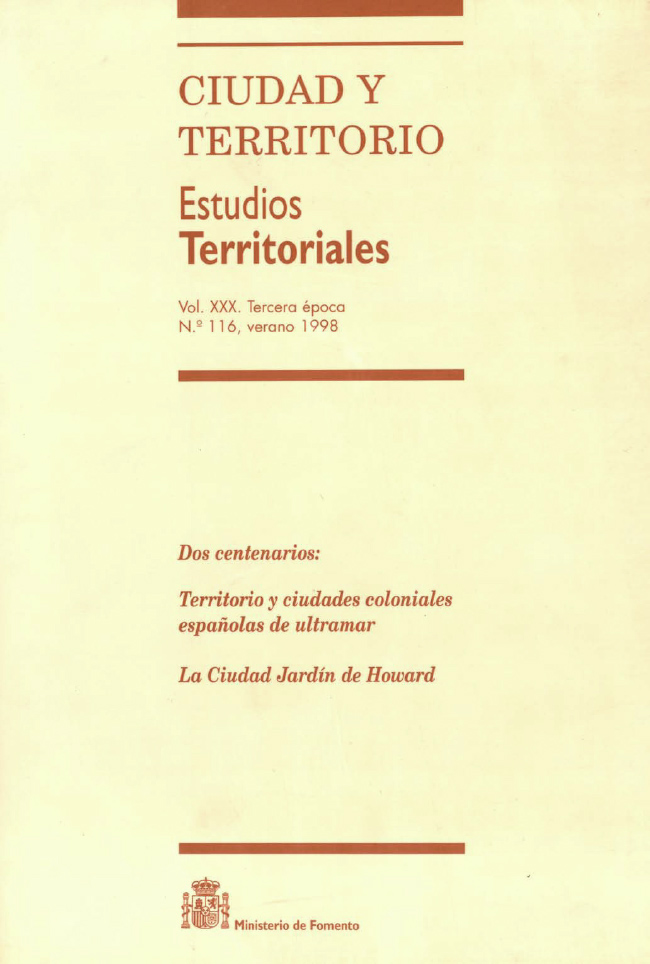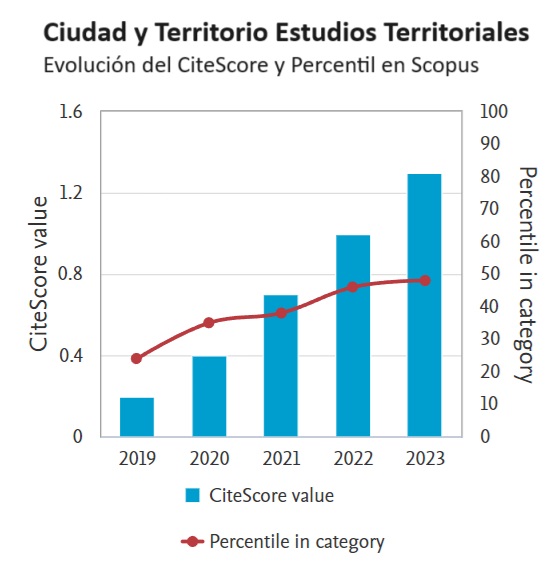Cuba y La Habana. Historia, población y territorio
Resumen
Cuba y La Habana, isla y ciudad, aún hoy imaginadas y soñadas como el Paraíso Terrenal desde que Colón elogió la belleza única de las tierras antillanas. Sin embargo, su histora estuvo más cerca del Infierno que del Paraíso. Primero, taínos y siboneyes se sucidaron en masa para huir de los malos tratos de los colonizadores hispanos. Su ubicación estratégica como cierre del Golfo de México y del Mar Caribe convirtió sus profundas bahías en puertos protectores de galeones y tesoros. Luego, cuando Europa consumió azúcar y tabaco, centenares de miles de africanos fueron arrancados de sus tierras para trabajar en las plantaciones entre los siglos XVII y XIX. La isla se pobló, desaparecieron los bosques y el ferrocarril acercó los campos a las ciudades. La Habana neoclásica, a pesar de los antagonismos crecientes entre españoles y criollos, brilló coma una de las principales capitales de América Latina. Independizada Cuba a inicios del siglo XX, comenzó la persistente antítesis entre la tradición ibérica de la ciudad compacta y la presión del modelo suburbano anglosajón, proveniente de Estados Unidos. La capital de la República alcanzó dimensiones ajenas a la realidad social y económica del país: era una metrópoli desarrollada en un territorio subdesarrollado. Con el advenimiento de la Revolución, se intentó redimensionar el peso y la significación de La Habana a escala nacional y transformar su heredado carácter hedonista en un espacio social de trabajo y producción.
Descargas
Descargas
Publicado
Cómo citar
Número
Sección
Licencia
Derechos de autor 1998 Roberto Segre, Sergio Baroni

Esta obra está bajo una licencia internacional Creative Commons Atribución-NoComercial-SinDerivadas 4.0.
Sin perjuicio de lo dispuesto en la legislación vigente sobre Propiedad Intelectual, y conforme a la misma, el/la los/las autor/a/es/as que publiquen en CyTET cede/n a título gratuito, de modo no exclusivo y sin límite temporal al Ministerio de Transportes, Movilidad y Agenda Urbana los derechos para difundir, reproducir, comunicar y distribuir en cualquier formato actual o futuro, en papel o electrónico, la versión original o derivada de su obra bajo licencia de Creative Commons Reconocimiento-NoComercial-SinObraDerivada 4.0 Internacional (CC BY-NC-ND 4.0), así como para incluir o ceder a terceros la inclusión de su contenido en índices, repositorios y bases de datos nacionales e internacionales, con referencia y reconocimiento en todo caso de la autoría del mismo.
Además, al realizar el envío, el/la los/las autor/a/es/as declara/n que se trata de un trabajo original en el que se reconocen las fuentes que han sido utilizadas en su estudio, comprometiéndose a respetar la evidencia científica y a no modificar los datos originales para verificar o refutar una hipótesis de partida; que el contenido esencial del mismo no ha sido publicado previamente ni se publicará en ninguna otra obra o revista mientras esté en proceso de evaluación en la revista CyTET; y que no se ha remitido simultáneamente a otra publicación.
Los autores deben firmar un Formulario de Cesión de Derechos, que les será enviado desde la Secretaría de CyTET una vez se acepte su artículo para ser publicado.
Con el objetivo de favorecer la difusión del conocimiento, CyTET se adhiere al movimiento de revistas de Open Access (OA) y entrega la totalidad de sus contenidos a diversos índices, repositorios y bases de datos nacionales e internacionales bajo este protocolo; por tanto, la remisión de un trabajo para ser publicado en la revista presupone la aceptación explícita por parte del autor/a de este método de distribución.
Se anima a las/os autoras/es a reproducir y alojar sus trabajos publicados en CyTET en repositorios institucionales, páginas web, etc. con la intención de contribuir a la mejora de la transferencia del conocimiento y de la citación de dichos trabajos.








 Enlace a CyTET en Linkedin
Enlace a CyTET en Linkedin